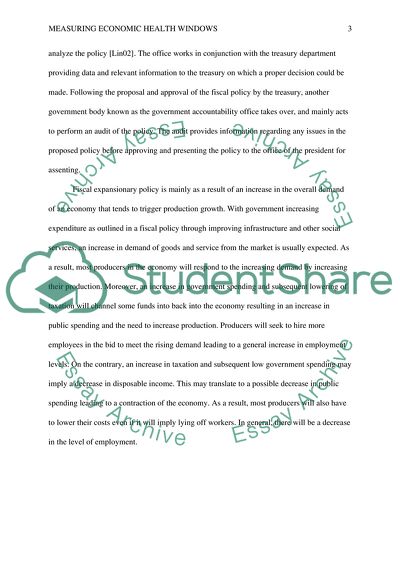Measuring Economic Health Windows Essay Example | Topics and Well Written Essays - 500 words. https://studentshare.org/macro-microeconomics/1801656-measuring-economic-health-windows
Measuring Economic Health Windows Essay Example | Topics and Well Written Essays - 500 Words. https://studentshare.org/macro-microeconomics/1801656-measuring-economic-health-windows.


